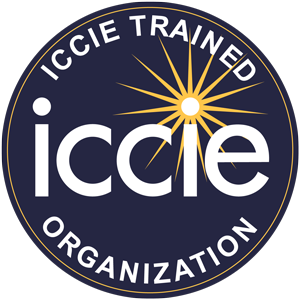A claims-made insurance policy and an occurrence insurance policy are two different types of liability insurance policies. The main difference between the two is when a claim must be made for coverage to apply.
In an occurrence policy, coverage is triggered by an event that occurred during the policy period, regardless of when the claim is made. For example, if a patient suffers harm due to a physician’s failure to provide appropriate care during the policy period, but the claim is not made until after the policy has expired, the occurrence policy will still cover the claim.
In contrast, a claims-made policy only provides coverage for claims made during the policy period. This means that if a claim is made after the policy has expired, the policy will not cover the claim, even if the event that caused the claim occurred during the policy period. To be covered, the claim must be made while the policy is in effect.
Claims-made policies often require that the event that caused the claim also occurred after a specific date, known as the “retroactive date.” If the event occurred before the retroactive date, the policy would not cover the claim, even if the claim is made during the policy period.
Switching between a claims-made and an occurrence insurance policy is possible, but it can be complicated and costly.
If you switch from an occurrence policy to a claims-made policy, you may need to purchase retroactive coverage, also known as “nose coverage,” to ensure that you are covered for incidents that occurred before the new policy goes into effect. This can be expensive, as the premium for nose coverage can be based on the length of time that you were insured under the prior occurrence policy.
Similarly, if you switch from a claims-made policy to an occurrence policy, you may need to purchase “tail coverage” or an extended reporting period (ERP) to ensure that you are covered for claims that are made after the policy expires. This can also be expensive, as the premium for tail coverage can be based on factors such as the length of time that you were insured under the claims-made policy.
In addition to the cost considerations, it’s important to note that some types of insurance policies, such as professional liability insurance, may require you to maintain continuous coverage to be eligible for certain types of coverage or discounts. This means that if you switch back and forth between claims-made and occurrence policies, you may not be eligible for these benefits.
Claims-made policies tend to have lower premiums initially than occurrence policies. However, because claims-made policies have the potential to pay out claims long after the policy has expired, insurers typically charge higher premiums for the ERP or tail coverage to offset this risk.
Overall, the key difference between occurrence and claims-made policies is that occurrence policies cover claims arising from events that occurred during the policy period, regardless of when the claim is made, while claims-made policies only cover claims made during the policy period and often require that the event occurred after a specific retroactive date.
Given the complexity of liability insurance policies, working with a knowledgeable insurance agent is crucial to understand what you need and which policy is right for you. They can help you navigate the nuances of claims-made and occurrence policies and the options for nose coverage and tail coverage. By partnering with a reputable insurance agent, you can ensure that you have the right coverage to protect yourself and your business and avoid costly surprises in the event of a claim.



